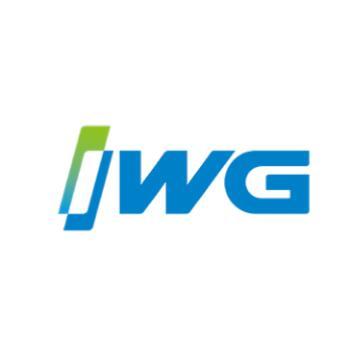The large amount of EVA hot-melt adhesive used in bookbinding has been greatly increased due to its high production efficiency, stable quality, and moderate cost. However, it is practically impossible to practically use adhesive products that have many quality requirements at the same time.
However, PUR (Poly Urethane Reactive Hot Melt Adhesives), an alternative to EVA, which was developed several years ago, is attracting attention because of its excellent characteristics and practical production lines.
1 Bookbinding quality requirements
The main quality requirements for bookbinding are listed below:
1) For the long-term preservation of photobooks, photo yearbooks and other publications, bookbinding books should be durable;
Reference books, manuals, cooking books, etc., required levelling of the book (degree of turning the book);
3) The recycling of old books meets the requirements of environmental protection;
4) With the adhesive force required to replace the iron wire binding;
5) Heat and cold resistance of books and atlases in extreme conditions such as in summer cars or in severe cold winter conditions;
6) Should prevent the use of petroleum solvent ink printing products, with the advent of the adhesive strength decreased;
7) Adhesion performance requirements for hard-to-bond papers such as multiple recycled papers (short fibers).
After using PUR, it can be said that almost all of the above requirements can be satisfied.
2PUR Features
The PUR melts when heated to 90°C and cools down when the temperature decreases. In addition, the hot melt adhesive generates a cross-linking reaction under the influence of moisture in the air or the moisture of the paper. After the reaction, the adhesive strength, heat and cold resistance, solvent resistance, and recycling suitability are better than EVA. However, compared with EVA, it takes longer time for the adhesive force to increase from the initial value to the maximum value. Since PUR generates a cross-linking reaction by contact with moisture, a special wrapping machine that can block the outside air must be configured.
PUR is a polymer compound having a urethane bond (NH.CO.O), and an isocyanate group is present at the terminal. The basic ingredients are polyols (polyesters, polyethers, etc.) with active hydrogen groups at the ends and addition polymers of low molecular weight diols and isocyanates. The diol reacts with isocyanate to form a hard part (intermolecular cohesion); the polyol reacts with isocyanate to form a flexible part (van der Waals force). The balance of the two forces makes the PUR not only of high strength but also very good flexibility. The irreversible cross-linking reaction of isocyanate groups with water (urea bonds, urethane bonds, and diuretic bonds) is a feature of the adhesive.
Because PUR "just" has "soft", it is good for users as a hot melt adhesive that can meet a variety of quality requirements at the same time. Table 1 compares the general performance between PUR and EVA.

(to be continued)








